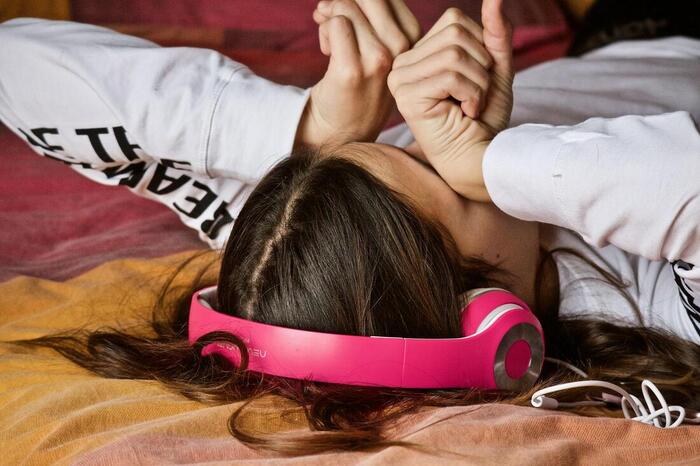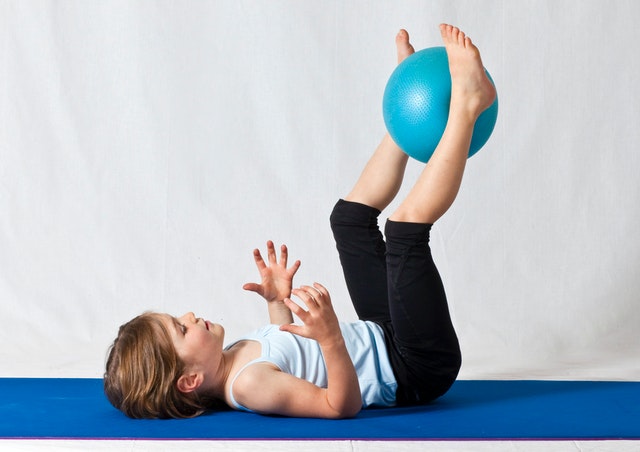Does Sleep Position Affect Sleep Quality?
In today’s wellness culture there have been many products advertised to provide better quality of sleep, including weighted blankets, blackout curtains, and even sunrise alarms that provide white noise. Despite all these products, some researchers have begun investigating whether the answer to sleep quality is as simple as an individual’s sleep position. Oftentimes, people use the colloquial phrase “I slept wrong” when referring to waking up with a stiff neck or back pain. Previous studies postulated that poor sleep posture during a night’s rest may contribute to cervical and lumbar pain. Evidence suggests that different positions cause different amounts of mechanical stress on the neck and spine due to inflammation of collagen tissue. It is important to evaluate the effect of sleep posture on sleep quality because poor sleep quality has significant short-term and long-term mental and physical health outcomes.
Recently, researchers at Curtin University in Western Australia conducted a cross-sectional study that aimed to evaluate whether different sleep positions affected sleep quality in participants with and without waking spinal symptoms. For the purposes of this study, waking spinal symptoms is defined as existing neck or back pain when waking up. A total of 53 participants ranging from ages 18-46 were randomly selected from a region in Western Australia. Participants were divided into one of three groups: Control, Cervical, and Lumbar. Those with spinal pain or stiffness that occurs periodically at least four times a month, that lasted for up to one hour, and with a severity greater than a three out of ten on a numerical rating scale (NRS) were placed in either the Cervical or Lumbar symptomatic group. Those without symptoms or those who experience stiffness less than four times a month or report a value less than three out of ten on NMS were placed in the Control group.
Recently, researchers at Curtin University in Western Australia conducted a cross-sectional study that aimed to evaluate whether different sleep positions affected sleep quality in participants with and without waking spinal symptoms. For the purposes of this study, waking spinal symptoms is defined as existing neck or back pain when waking up. A total of 53 participants ranging from ages 18-46 were randomly selected from a region in Western Australia. Participants were divided into one of three groups: Control, Cervical, and Lumbar. Those with spinal pain or stiffness that occurs periodically at least four times a month, that lasted for up to one hour, and with a severity greater than a three out of ten on a numerical rating scale (NRS) were placed in either the Cervical or Lumbar symptomatic group. Those without symptoms or those who experience stiffness less than four times a month or report a value less than three out of ten on NMS were placed in the Control group.
Image Source: Sweetlouise
Regarding sleep posture, researchers classified four types of positions: supine (lying face upward on back), supported side lying (lying on one side of the body with arm support), provocative side lying (lying on one side of the body with one leg up), and prone (on stomach). Two cameras were placed at the end and centrally over the bed to monitor participants’ normal sleeping habits, and recordings were reviewed after two consecutive nights of sleep.
Researchers found that in comparison with the Control group, the Cervical and Lumbar groups had significantly worse pain and stiffness on waking. Participants in the Cervical group spent a majority of the night in a provocative side lying position. However, there was no statistically significant difference between the time duration that the Lumbar participants spent in provocative sleep postures compared to the Control group.
In regards to sleep quality, both the Cervical and Lumbar groups self-reported significantly lower sleep quality than the Control group using the NRS. People with spinal symptoms would spend more time in provocative side lying positions and report lower sleep quality than a control group. However, given the small sample size, short study period, and cross-sectional design of this study, further research is needed in order to corroborate evidence for correlation between sleep posture and sleep quality.
Overall, because people are often in search of products and lifestyle changes to improve their sleep quality, this recent study suggests that something as simple as a new sleep position, particularly provocative side-lying, may be the key. By not only prioritizing sleep but also being aware of the correlation between sleep quality and sleep posture, individuals can improve their mental and physical well-being, as well as feel more rejuvenated to tackle the activities of daily life.
Researchers found that in comparison with the Control group, the Cervical and Lumbar groups had significantly worse pain and stiffness on waking. Participants in the Cervical group spent a majority of the night in a provocative side lying position. However, there was no statistically significant difference between the time duration that the Lumbar participants spent in provocative sleep postures compared to the Control group.
In regards to sleep quality, both the Cervical and Lumbar groups self-reported significantly lower sleep quality than the Control group using the NRS. People with spinal symptoms would spend more time in provocative side lying positions and report lower sleep quality than a control group. However, given the small sample size, short study period, and cross-sectional design of this study, further research is needed in order to corroborate evidence for correlation between sleep posture and sleep quality.
Overall, because people are often in search of products and lifestyle changes to improve their sleep quality, this recent study suggests that something as simple as a new sleep position, particularly provocative side-lying, may be the key. By not only prioritizing sleep but also being aware of the correlation between sleep quality and sleep posture, individuals can improve their mental and physical well-being, as well as feel more rejuvenated to tackle the activities of daily life.
Featured Image Source: Cuncon
RELATED ARTICLES
|
Vertical Divider
|
Vertical Divider
|
Vertical Divider
|






